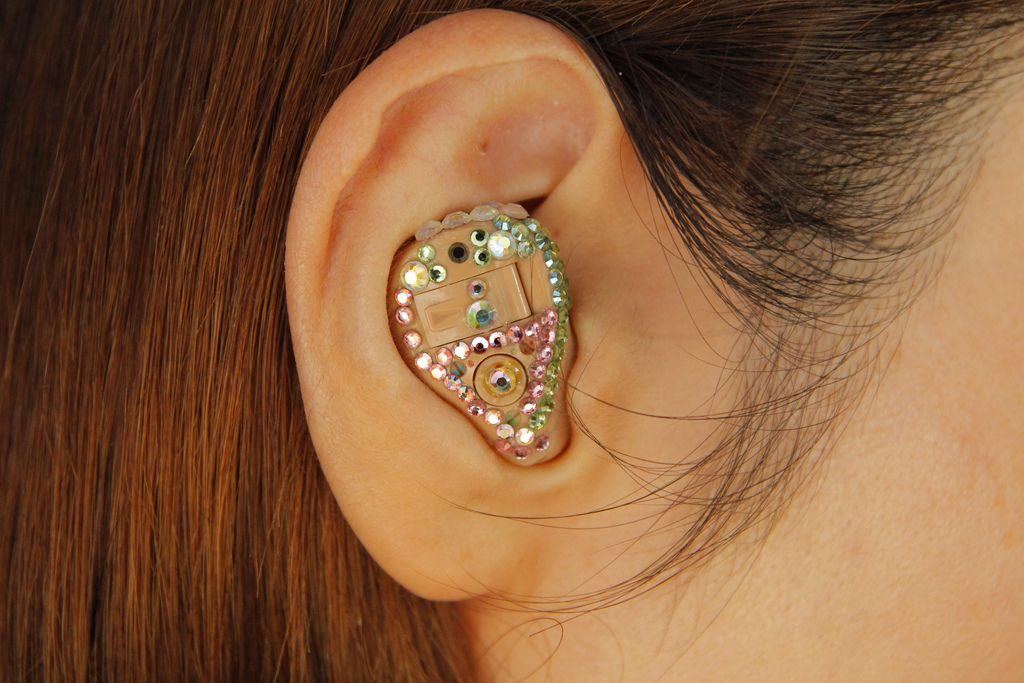
Hearing And Hearing Aids
Hearing and Hearing Aids
Have a set of hearing aids in your drawer? Our audiologist is dedicated to helping everyone hear better, we’re happy to perform an updated hearing test and get you consistently wearing your device.Hearing aids are not a “one size fits all”. Many factors go into selecting the correct device for each individuals needs. These factors include: amount of hearing loss, your ears ability to hear speech, quiet and background noise, lifestyle. Hearing aids are not something that you put in your ears and hear perfectly right away. Hearing aids are not like glasses. New hearing aids require your brain to learn how to listen again which does not happen overnight. It can take up to three months of daily consistent use. Our Doctor of Audiology has the education and experience to recommend the appropriate device for your specific needs and use state of the art equipment to verify and program the hearing aids to your loss based on the audiologists hearing prescription. We offer a satisfaction guarantee and a hearing aid continual care package.
Continual care package:
- 90 day trial
- 3 year warranty
- 3 year loss and damage warranty
- 3 years of batteries
- unlimited hearing aid cleaning
- annual hearing test
- hearing aid adjustment and programming
- hearing aid supplies – domes, waxguards
- remote assistability
* depending on hearing aid manufacturer
Hearing Tests:
- Case History & standardized questionnaires: Obtain information relevant to patient and their chief complaint.
- Video Otoscopy: To examine the health of the internal auditory canal and tympanic membrane.
- Tympanometry: Used to test the mobility of the tympanic membrane and ossicles by creating variations of air pressure in the ear canal.
- Acoustic Reflex Testing: AN objective test that measures the contraction of the middle ear muscles in response to loud sounds.
- Speech Testing (quiet and noise): Purpose is to determine patient’s optimum performance for word recognition under controlled and standardized conditions.
- Speech and Noise: Measures how well a person will understand speech and noise relative to someone who hears normal noise.
- Pure Tone Air and Bone Conduction Testing: Used to identify hearing threshold levels of an individual enabling the determination of the degree, type, and configuration of a hearing loss.
Completing all of these tests during your 1-hour assessment provides the audiologist with the amount of hearing loss and frequency of everyday sounds you may or may not be missing. Based on these test results and patient communication concerns, amplification options such as hearing aids, assistive devices or medical referral to an Otolaryngologist may be made.

